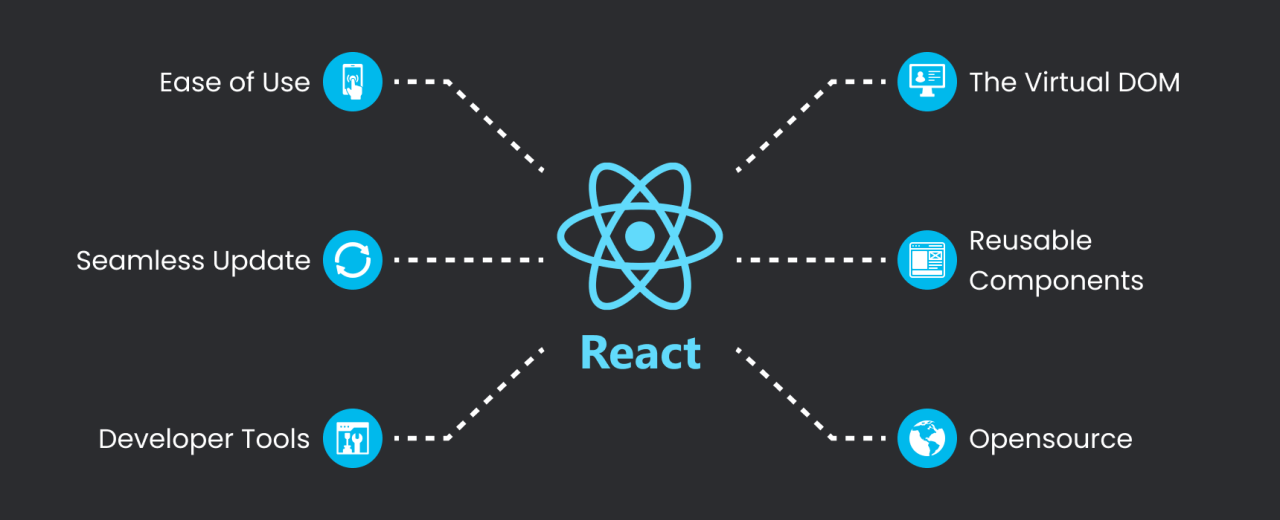React.js: A Comprehensive Guide

React.js: A Comprehensive Guide
Understanding React.js:
At its core, React.js is a JavaScript library for building user interfaces, focusing on the creation of reusable UI components. Unlike traditional JavaScript frameworks, React.js adopts a component-based architecture, allowing developers to break down complex UIs into smaller, manageable components. These components encapsulate both the structure and behavior of UI elements, promoting modularity, reusability, and maintainability.
Key Features of React.js:
- Virtual DOM: One of the most significant features of React.js is its implementation of a virtual DOM (Document Object Model). Instead of directly manipulating the browser's DOM, React.js creates a virtual representation of the DOM in memory, which it then reconciles with the actual DOM. This approach minimizes unnecessary DOM manipulations, resulting in improved performance and faster rendering.
- JSX (JavaScript XML): React.js introduces JSX, a syntax extension that allows developers to write HTML-like code within JavaScript. JSX seamlessly combines HTML structure with JavaScript logic, making it easier to visualize and maintain UI components. While JSX may seem unconventional at first, it significantly enhances the readability and maintainability of React.js code.
- Component-Based Architecture: React.js promotes a modular and composable approach to UI development through its component-based architecture. Components in React.js can be thought of as building blocks, each responsible for rendering a specific part of the UI. By encapsulating both structure and behavior, components facilitate code reuse, simplifying the development process and reducing redundancy.
Benefits of React.js:
- Declarative Syntax: React.js employs a declarative programming paradigm, allowing developers to describe the desired UI state and let React.js handle the underlying DOM manipulations. This declarative approach enhances code predictability, readability, and maintainability, making it easier to debug and refactor code.
- Reusability and Composability: With its component-based architecture, React.js promotes code reusability and composability, enabling developers to create complex UIs by combining smaller, reusable components. This modularity not only streamlines development but also facilitates collaboration among team members, as components can be shared and reused across projects.
- Performance Optimization: By leveraging its virtual DOM and efficient reconciliation algorithm, React.js optimizes performance by minimizing DOM manipulations and unnecessary re-renders. This results in faster rendering speeds and improved overall performance, especially in applications with dynamic and data-intensive user interfaces.
Recent Posts